I have two images, as explained in the following XAML code:
<Window x:Class="TestApplicationGestureKinect.MainWindow"
xmlns="http://schemas.microsoft.com/winfx/2006/xaml/presentation"
xmlns:x="http://schemas.microsoft.com/winfx/2006/xaml"
Title="MainWindow" Height="768" Width="1024" ScrollViewer.VerticalScrollBarVisibility="Disabled" MinWidth="1024" MaxWidth="1024" MinHeight="768" MaxHeight="768">
<Grid Background="Black">
<Image x:Name="img1" HorizontalAlignment="Left" Margin="47,82,0,0" VerticalAlignment="Top" Source="photos/01.jpg" Height="200" RenderTransformOrigin="0.5,0.5" >
<Image.RenderTransform>
<TransformGroup>
<ScaleTransform/>
<SkewTransform/>
<RotateTransform Angle="9.577"/>
<TranslateTransform/>
</TransformGroup>
</Image.RenderTransform>
</Image>
<Image x:Name="cursorRight" HorizontalAlignment="Left" Margin="757,133,0,0" Width="48" Height="48" VerticalAlignment="Top" Source="cursors/right_open.png" />
</Grid>
</Window>
And the following image shows how this appear:

I need a way to test, from C# code, if the image called cursorRight is onto the area covered by the image called img1, after the transformation.
How could I do? I thought about some consideration on the bounding boxes of the two images, but while for the cursorRight image, could be acceptable to consider the bounding box, this doesn't seem to be a good choice for the other image......
EDIT: The following images show four examples of how I want to do:
cursor on the image:


cursor not on the image:


SOLUTION: The following code is what I used in order to solve the above problem. I considered the bounding box of the cursor rather than the exact shape of it.
private bool isOn(Image img1, Image img2)
{
if (img1 == null || img1.Visibility != System.Windows.Visibility.Visible)
{
return false;
}
double img1_topLeft_X = img1.Margin.Left;
double img1_topLeft_Y = img1.Margin.Top;
double img1_bottomRight_X = img1_topLeft_X + img1.Width;
double img1_bottomRight_Y = img1_topLeft_Y + img1.Height;
Point img1_topLeft = new Point(img1_topLeft_X, img1_topLeft_Y);
Point img1_bottomRight = new Point(img1_bottomRight_X, img1_bottomRight_Y);
HitTestResult result_topLeft = VisualTreeHelper.HitTest(img2.Parent as Grid, img1_topLeft);
HitTestResult result_bottomRight = VisualTreeHelper.HitTest(img2.Parent as Grid, img1_bottomRight);
if (result_topLeft != null && result_bottomRight != null)
{
if (result_topLeft.VisualHit.GetType() == typeof(Image) && result_bottomRight.VisualHit.GetType() == typeof(Image) &&
(result_topLeft.VisualHit as Image).Name.Equals(img2.Name) && (result_bottomRight.VisualHit as Image).Name.Equals(img2.Name))
{
return true;
}
else
{
return false;
}
}
else
{
return false;
}
}
However, in this way the cursor is ONTO the image only if the bounding box of it is TOTALLY onto the image. It's not exactly what I needed, but since it works pretty well, I decided to use this method.